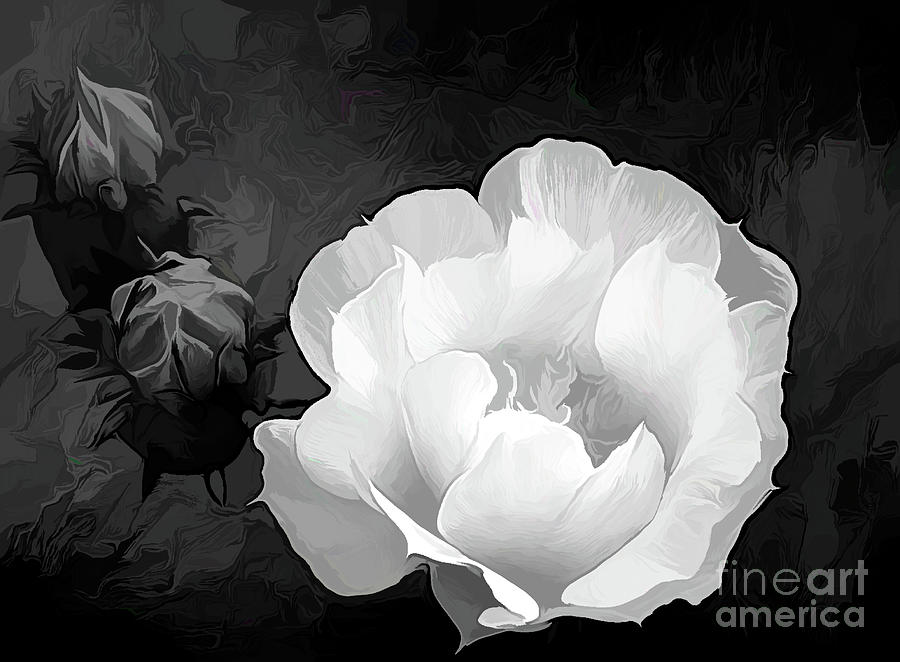
Opuntia Flower in Acrylic BW

by Diana Mary Sharpton
Buy the Original Photograph
Price
$350
Dimensions
6463.000 x 4752.000 pixels
This original photograph is currently for sale. At the present time, originals are not offered for sale through the Diana Mary Sharpton - Website secure checkout system. Please contact the artist directly to inquire about purchasing this original.
Click here to contact the artist.
Title
Opuntia Flower in Acrylic BW
Artist
Diana Mary Sharpton
Medium
Photograph - Digital Abstract/bw Photography
Description
A flowering Nopale captured with a Nikon camera and lens in Richardson, Texas. The color was intentionally removed and an acrylic overlay was added.
About Nopales:
Opuntia is the most widespread of all genera in the cactus family. The genus occurs naturally throughout North and South America from as far north as Canada, through the Caribbean, and down into Argentina. With man’s help, however, this species can now be found world-wide where it has escaped cultivation and become naturalized even to the point of being classified as a noxious weed.
Opuntia are easily recognized by their flat paddle-shaped stem segments called cladodes that grow one on top of the other. The edge and flat surfaces of these cladodes are covered with areoles that always have tiny, easily detached spines called glochids. Many Opuntia species have large, formidable spines in addition to the glochids, but some are armed only with masses of glochids. These have the appearance of being soft or fuzzy, but anyone who does touch them immediately regrets doing so. The small size of the glochids does not cause much pain, but is rather highly irritating. As such, these have been collected for use in the making of itching powder.
Opuntia flowers are typically yellow, sometimes pink, and rarely white or anywhere in between these colors. Flowers are cup-shaped and do not have floral tubes, but instead the pericarples resemble round, extensions of the cladodes. It is impossible to determine if new growth is going to be a flower or a new cladode as they are identical when first appearing – often covered with cone-shaped deciduous leaves.
If a rounded pericarple, this later becomes the fruit and may turn a bright red color or stay green. Some Opuntias have very juicy, fleshy fruit called “tunas” that are harvested and turned into candies or jellies. Similarly, cladodes when still young and tender are harvested and eaten as a vegetable – particularly in Mexico under the name Nopales.
Uploaded
October 28th, 2021
Statistics
Viewed 7,649 Times - Last Visitor from Fairfield, CT on 04/18/2024 at 8:58 PM
Embed
Share
Sales Sheet























































